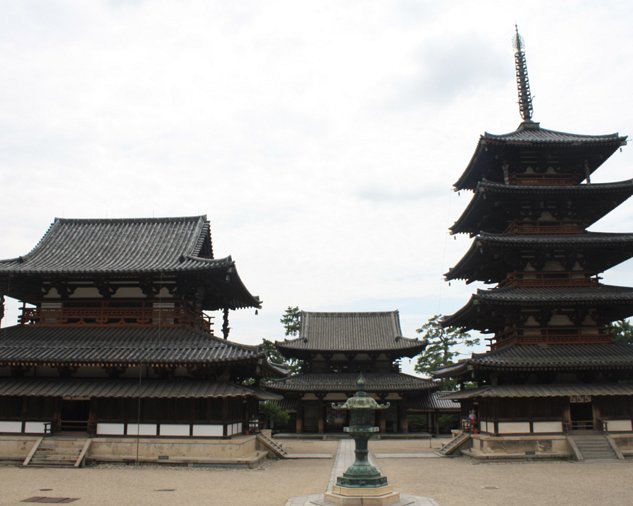
The grounds of Horyuji house the world's oldest surviving wooden structures, conveying images of Japan as it existed more than l300 years ago during the Asuka…

According to these records. the emperor Yomei vowed to build a temple and an image of a Buddha as a form of prayer for his own recovery from illness - a vow he…

On the fateful night of April 30 in the year 670, however, a great blaze swept through the temple grounds. leaving "not a single building" standing, as it is…

Today. Horyuji is composed of the Western Precinct (Saiin Garan), which is centered around the Five-Story Pagoda (Goju-no-To) and the Main Hall (Kondo), and the…

Main hall (Kondo).
Asuka Period: mid 6th-early 8th century.
The Main Hall is the sacred edifice in which are enshrined statues to which Horyuji is dedicated.…
Asuka Period: mid 6th-early 8th century.
The Main Hall is the sacred edifice in which are enshrined statues to which Horyuji is dedicated.…

5-story pagoda (Goju-no-To).
Asuka Period: mid 6th-early 8th century.
Pagodas are evolved forms of Indian stupas and are the most important structures in…
Asuka Period: mid 6th-early 8th century.
Pagodas are evolved forms of Indian stupas and are the most important structures in…














